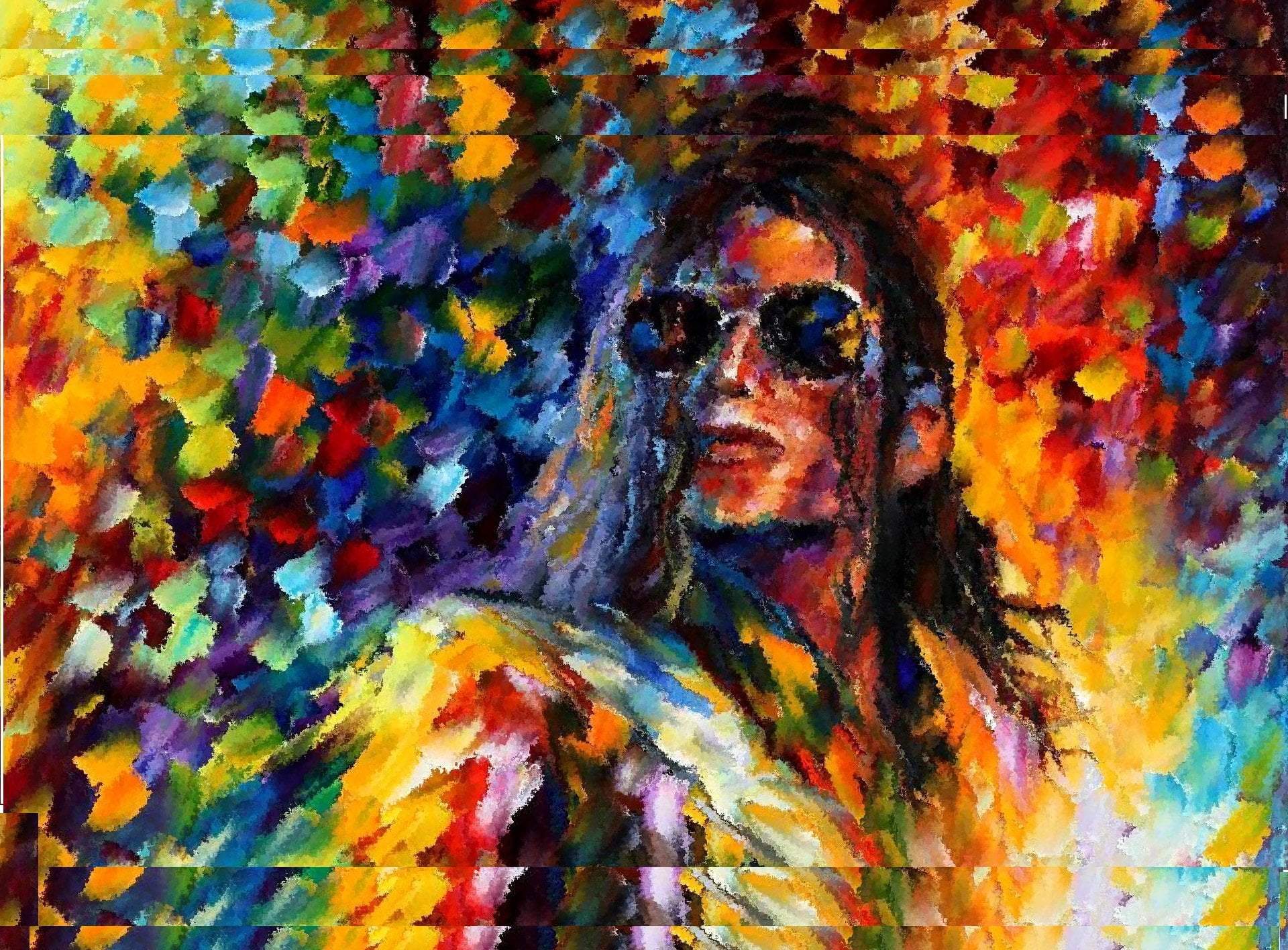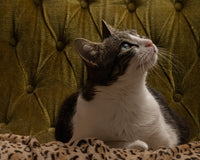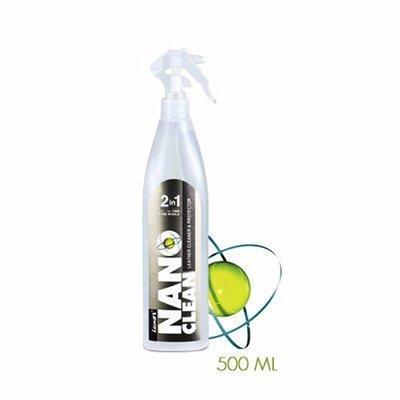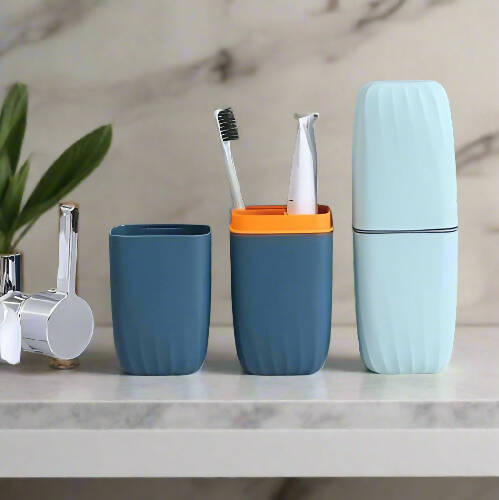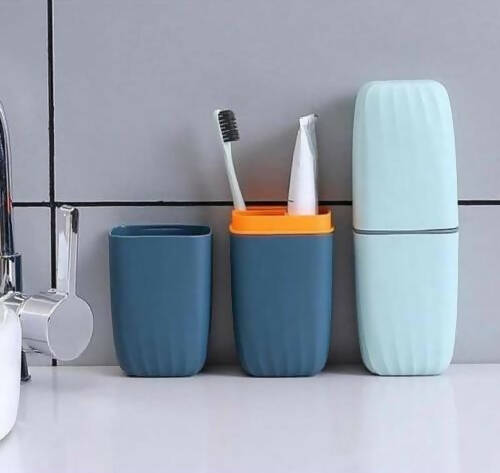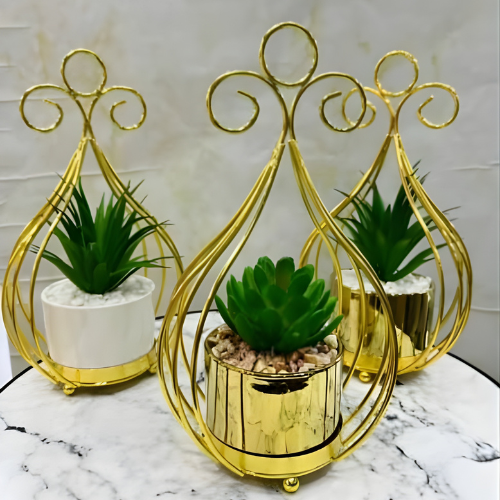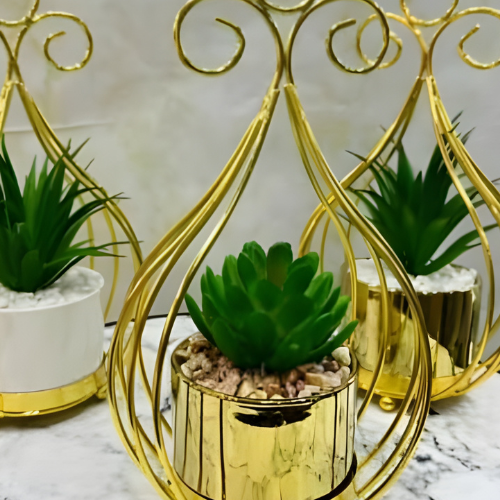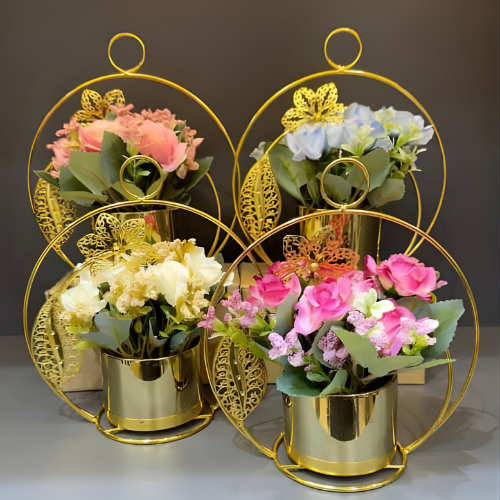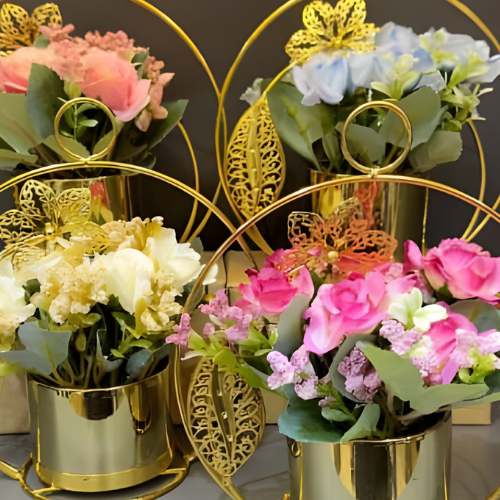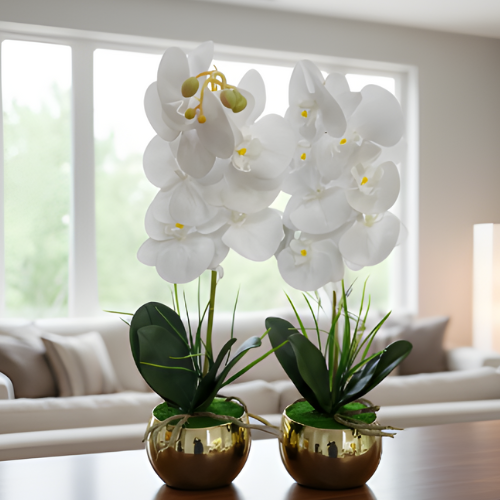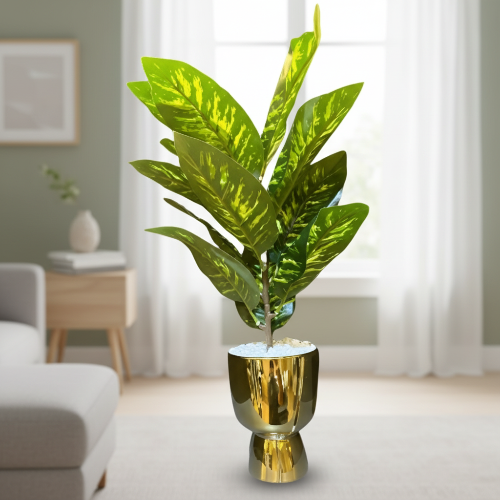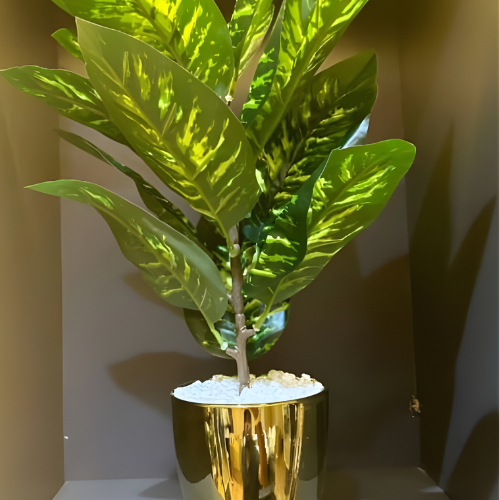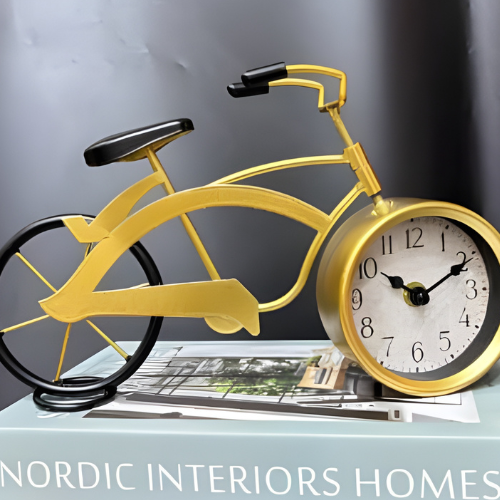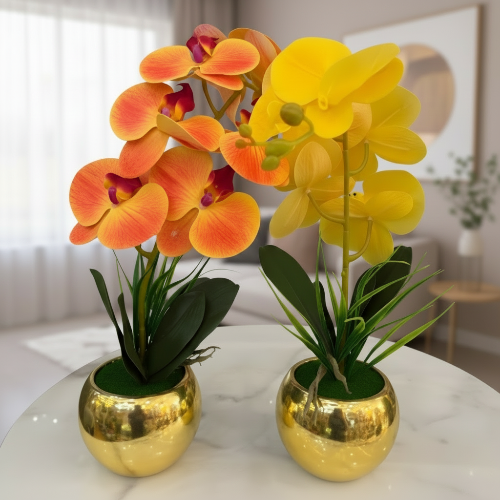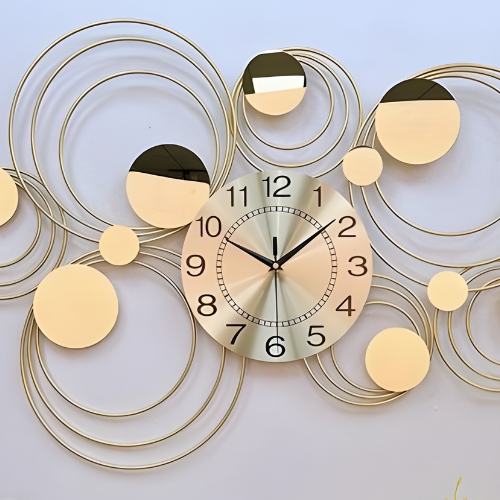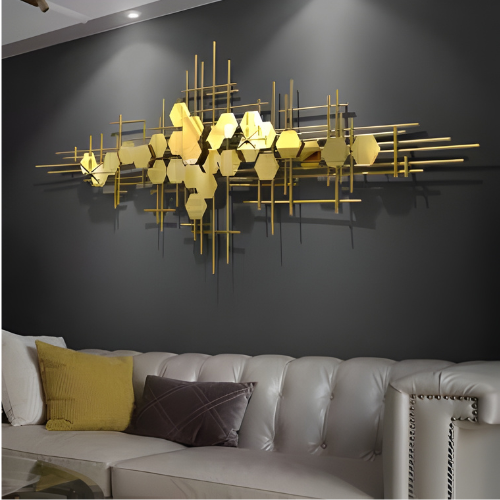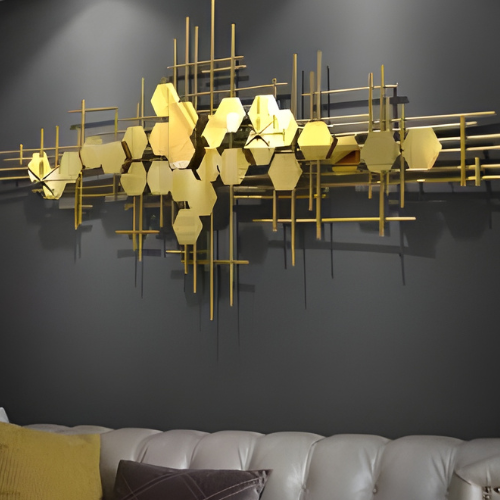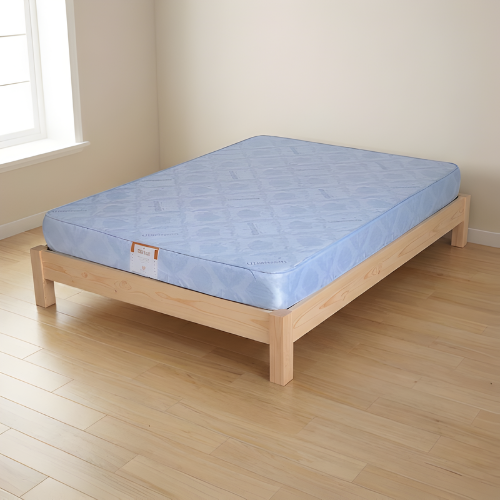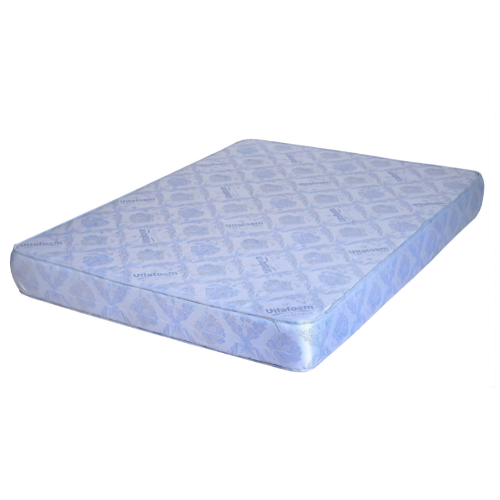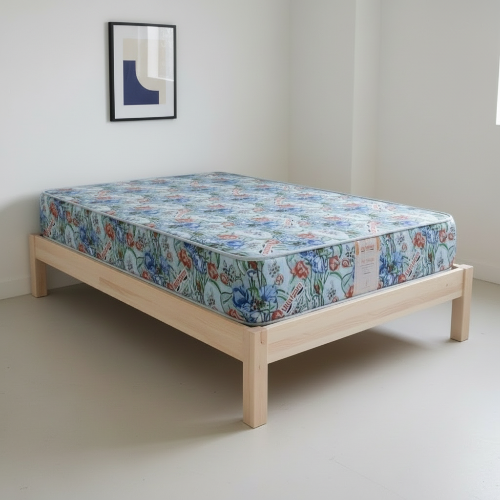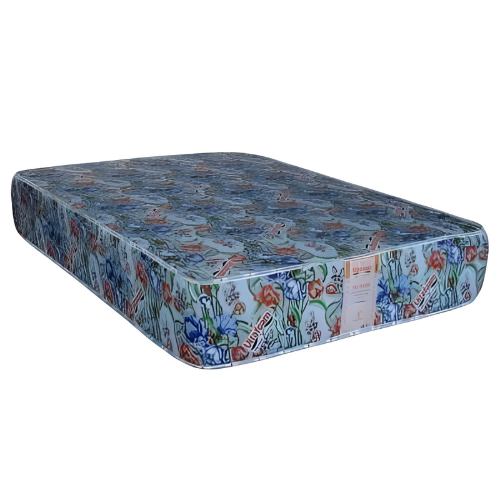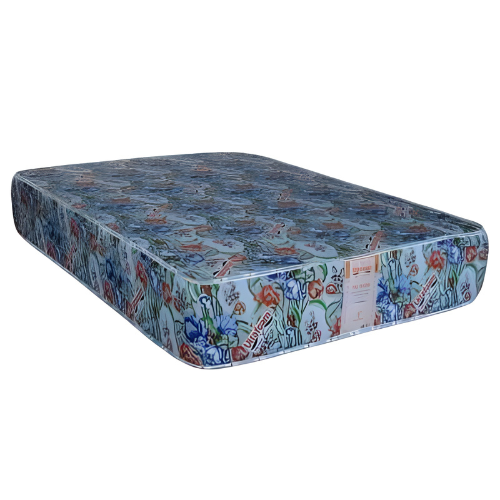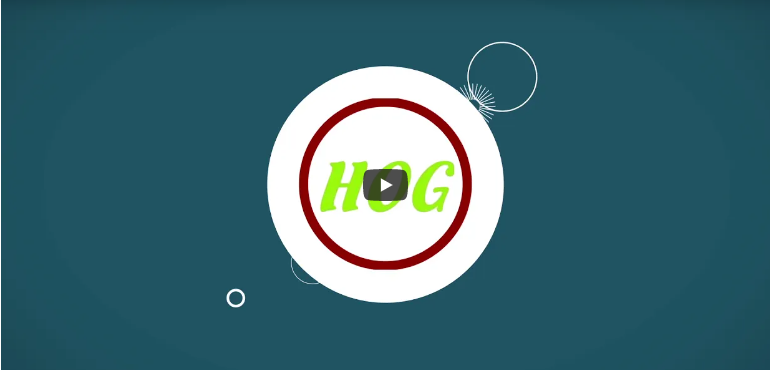After three decades of practice as a studio artist, Mavua Lessor, a 1986 graduate of Auchi Polytechnic, still sees every work of art as an opportunity to learn.
His love for art made him to re-enrol into class four at Urhobo College, Effurun in Delta State, after writing his West Africa School Certificate (WASC) examination in another school. Lessor, whose latest solo exhibition, Impression of reality, will open from October 19 and run till 25 at the Wings Tower, Ozumba/Mbadiwe Avenue, Victoria Island, Lagos, speaks with Assistant Editor (Arts) OZOLUA UHAKHEME on his 30-year journey in the art, the challenges, what makes Art School great and why he chose Auchi Polytechnic instead of the University of Nigeria Nsukka to study Fine Art, among other issues.
Lessor, whose latest solo exhibition, Impression of reality, will open from October 19 and run till 25 at the Wings Tower, Ozumba/Mbadiwe Avenue, Victoria Island, Lagos, speaks with Assistant Editor (Arts) OZOLUA UHAKHEME on his 30-year journey in the art, the challenges, what makes Art School great and why he chose Auchi Polytechnic instead of the University of Nigeria Nsukka to study Fine Art, among other issues.
Thirty years down the road, how fulfilled are you?
In terms of fulfilment, I will say it is a fulfilled 30-year journey. In material life, what we call fulfilment is when you are happy. And what makes one happy are the basic things of life like shelter, good family and income that sustains one. After 30 years of practice, I still feel there is so much to learn. Each work comes with a new experience; it teaches something new and motivates you into experimenting on something else. This journey, after all, has no definition within a single effort. Nevertheless, maturity of the rudiments has been attained and the mastery of the discipline is imbibed.
When it comes to technique of art and painting, these are academic, which are on your fingertips. That to me is not the art but aides or enablers to achieve expression… Art is like religion. But what is the source of inspiration and final goal of expression? With each work we tend to see new things and learn more about life itself. As far as that is concerned, there is still some mileage to cover.
It means you are still in class learning art?
Art makes you learn without end. It is also a school. We are here to experience a higher life beyond. Life in itself is a continuous learning process towards a maturity of entire life. I believe in life after death or life after life. If truly there is a higher life, then what we are going through here is a phase. But then, who defines death as the end?
Were you prepared for this journey in art?
From day one, I was prepared to be an artist. At Auchi then, painting was not a popular medium and there was no computer, too. The trending medium was graphic art. And as a painter, the only option was to teach. Those that succeeded as painters then were combining painting with teaching job. We were driven by passion then. Painting was not very popular, but some of us felt then that we will make it popular.
So, you were among that set of generation that could be described as quiet ‘path-finder’?
Sure, kind of. We were only six in class in 1986. The late Ben Osaghae was my classmate. But in graphic art, there were about 20 students in class. Painting was the least popular in my time.
What an irony for Auchi Art School that is noted for colourful painting?
Those who pioneered painting in the school were strong and creative. They include Sam Ovraiti, Olu Ajayi and others. Some of us took the plunge, not minding whether we were going to survive or not. We had passion for painting. Again, there were a few art-related shops such as Geobi Frames at Palm Grove on Lagos Mainland, servicing the art.
But, something remarkable happened to painting in 1993, that changed the landscape of art business: the emergence of finance houses, who built fantastic offices that needed to be decorated with art works. That brought Rahma Akar’s Signature Gallery then.
Any regret going through this “unpopular” route?
No regret, at all. If not painting I don’t know exactly what I would have studied. My interest may be in space exploration and I am passionate about exploring mysteries and nature. But that would have been a tall order to study in Nigeria. Maybe I would have thought of something else.
Did you get your parents’ consent to study art?
The signs were there growing up as a child. You would readily see that even in the arrangement of my books on the shelves. I was that organised in creative things. When there were no wall papers then, I paralled my father’s room, using plywood. I was doing all that, but they could not put a finger on my direction. I went to a secondary where art was never taught. The only subject that reminded me of creativity was my biological drawings. I did my WASCE in 1978. But while waiting for result, I started painting at home. It dawned on me that this was my direction. I wasn’t a science student anyway. However, I could not study art because I did not enroll for art in my WASCE.
But, because of art, I went to enroll in another school where art was taught as a fourth year student in order to write the subject in WASCE O level.
My mother approved of it because I had lost my dad then. My uncle told me I should go and read history, which I refused. I told him I wanted to read automobile design. That was how I went to Urhobo College, Effunrun, and graduated in 1981. Interestingly, the following year, I got two admissions to study fine art: University of Nigeria, Nsukka (UNN) and Auchi Polytechnic. I opted for Auchi for many reasons.
I went to Nsukka to register and I took time to see the school sculptural garden. From what I saw, I felt Auchi’s garden was richer and better. That immediately changed my mind to leave Nsukka for Auchi. Again, the university was far from my base. Many years after, I thanked God I went to Auchi. During my service year at Federal College of Education, Osiele, Abeokuta, my colleagues were Olu Oguibe from UNN and another guy from Ahmadu Bello University, Zaria.
Oguibe made first class in art from UNN then. Oguibe and I were close and we worked hard during the year. Oguibe acknowledged then that “Lessor, you are a prolific painter”. I told myself this is a first class student saying this of me. I was happy Oguibe made that remark when I wasn’t even the best in my class at Auchi. I realsied that the practical knowledge impacted on us at school created a working habit culture that keeps us improving. Many things I was exposed to in Auchi, my friends were deficient in them. One of such was mural painting.
What really makes an art school great or unique?
The foundation matters. If the students are exposed to a foundation of teaching yourself while teachers are watching and students allowed to work they will discover themselves. Unfortunately, in many art schools, they tend to follow traditions. These traditions are initiated by pioneer instructors. Oguibe then was painting like Udechukwu Obiora. But the difference in Auchi is that the setting was not purely cultural as you have in Nsukka or Ife. For instance, inspiration, motivation, mentorship and sources of materials are tied to same cultural setting in those schools unlike Auchi.
How did you break into the open market when painting was not popular?
I think it was destiny that brought us to practice art at a time when the art market was about to bloom. It has nothing to do with hard work or struggle. There was a growing thirst to acquire art individually as well as corporately to decorate public buildings like the banks. I call it a coincidence.
When was your first shot at the exhibition?
Three years after school I was still freelancing. I did not go into full-time practice immediately. I went into metal gate design and murals for property owners on Victoria Island, Lekki and Allen Avenue in Ikeja when it was just developing. In fact, I designed Nike Gallery gate. However, gate design was the last thing most property owners wanted to do then. And by the time they were ready the money is finished.
Later many of my designs were replicated by artists and I decided to go into furniture design that will be in-door and out of the reach of copycats. That led me to design lamp holders or stands. It took me about six to seven years of doing several things before I shifted to painting. I had one experience that will interest you. There was one Fabak Gallery at Toyin Street Ikeja. The owner commissioned me to do a painting. After I finished the work, he said I should not sign it because I had no name that can sell the piece. He said the signature that will be on it is Fabak. I told him no problem, but pay me right now and that was the last day I worked there.
I was selling average size (36 x 48) painting for one hundred naira then. That was the starting point. The first gate job I got was three thousand naira each for two. I was shivering when I was collecting the advance payment. The man came back the following day saying he wanted to collect his money back because he saw me shivering while collecting the money yesterday. I told him I had cold, and that I have already bought materials for the work. In fact, he doubted my competence to handle it.

How did the boom affect your practice?
Yes. Signature Gallery was opened in 1993 and it attracted almost all artists in Lagos. Signature owner, Akar, is a hard-working man, though he may have his shortcomings. The gallery provided a fresh platform for artists to show their works. Another factor was the opportunity the expatriate collectors found in Signature to collect our works. Exhibitions started coming up. My first solo was in 1998. I took my time and it was deliberate too. The discipline and rudiments to art practice are not available immediately after graduation, so you must tarry a little before coming out for solo.
What are the thrusts of your paintings?
I am not religious, which is one path that leads to discovering God. And there are many paths. We are homogenous to our environment.
My works are expressions of my day and sub-consciousness of my world, my world is remotely African, which continually expands beyond by way of contemporary advancement in technology. Generally, still dark and heavy and at best twilight-like, I have a compelling encounter and romance with this environment every day, trying to relate, transmit and convey my perspective about it. Lifting up the heaviness here and lighting-up the darkness there, I attempt to reform, embellish and nourish realities. My works are not exactly a copy from life but my opinion about life as defined by my nature. In truth, as we have it today, most of what surrounds us is anything but beautiful, ugly forms dominate our world and we are shrouded and enmeshed in it. This is the challenge, with my works, I attempt to subscribe to the ideal and stimulate reflections. My primary motive is aesthetics. As all human endeavors are summarised in beauty.
The works are in different phases and time. It will feature about 40 to 50 paintings and mixed media. My primary motive is aesthetic as all human endeavour is summarised in beauty.
What are the serious issues being addressed with those aesthetics?
The works are in two fronts. While I am relating to the environment, I also make comments about the society by ways of recording or documenting, stimulating reflection on a subject. But there is a higher goal, which every human being inspires to and that is the goal of paradise and perfection. Paradise is a beauty. Unfortunately, mankind especially Africa is still far away from it. Our environment and thoughts are still dirty. We need purification in terms of reminder. If am sad I don’t paint because I will transfer it.
Impression of Reality by



